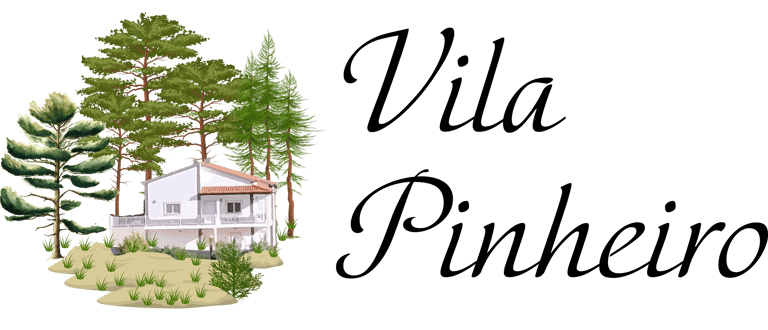

Design 4: Energy Self-Sufficiency at Vila Pinheiro
This design explores how Vila Pinheiro, a 1-hectare homestead in central Portugal, can transition towards complete energy self-sufficiency. Using the GoCEAPER Framework, this project applies permaculture principles to develop a holistic energy strategy that integrates solar, wind, and passive energy systems, while emphasising community engagement, education, and ecological ethics.
The process begins with a thorough site analysis and home energy audit, identifying existing consumption patterns and renewable energy opportunities. Tools like GIS mapping, energy monitors, DAFOR analysis, and SMART goal-setting help guide design decisions. The proposed system comprises a 6 kW solar PV setup, a modular 7 kW vertical wind turbine, and an active solar-heated greenhouse. Energy efficiency upgrades, such as LED lighting and insulation, are also incorporated.
Beyond technology, the design fosters regenerative culture by embedding People Care, Earth Care, and Fair Share throughout. It models how homesteads can become energy producers, not just consumers, creating a ripple effect through education, local resilience, and climate adaptation. The implementation plan phases in both grid-connected and off-grid capabilities, balancing realistic constraints with long-term vision.
Vila Pinheiro is poised to become a demonstration site for permaculture-based energy planning, demonstrating that small-scale, rural living can be modern, ethical, and sustainable.
Framework/s: GoCEAPER Prism Framework
Focus: Energy Self-Sufficiency for a Regenerative Homestead
Tools: SMART Goals, DAFOR Analysis, GIS, Sector Analysis, Home Energy Audit, PV Sizing Calculator, Battery Sizing Models
Document Format: PDF
Total Length: 37 pages
Estimated Read Time: 30–35 minutes
File Size: 3.39 MB
